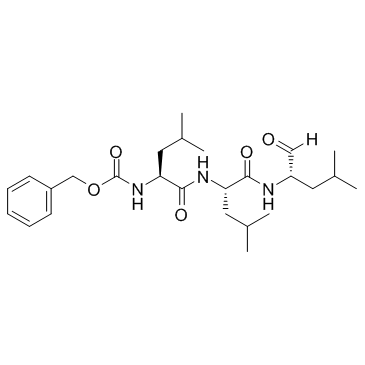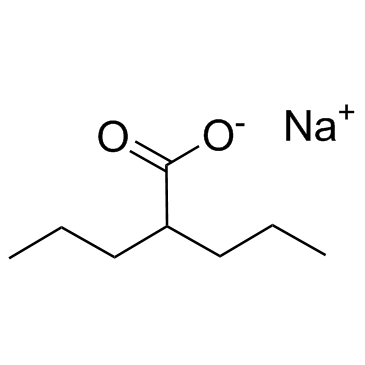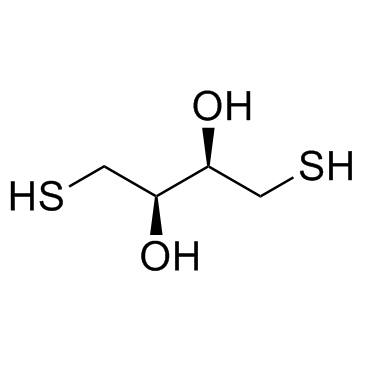| 结构式 | 名称/CAS号 | 全部文献 |
|---|---|---|
 |
甘油
CAS:56-81-5 |
|
 |
氯化钠
CAS:7647-14-5 |
|
 |
二甲基亚砜
CAS:67-68-5 |
|
 |
4-羟乙基哌嗪乙磺酸
CAS:7365-45-9 |
|
 |
氯化钠-35cl
CAS:20510-55-8 |
|
 |
乙二胺四乙酸
CAS:60-00-4 |
|
 |
辛二酸双(N-羟基琥珀酰亚胺酯)
CAS:68528-80-3 |
|
 |
蛋白酶体抑制剂
CAS:133407-82-6 |
|
 |
丙戊酸钠
CAS:1069-66-5 |
|
 |
DL-二硫苏糖醇
CAS:3483-12-3 |